Communicating the creative potential of AI can be a challenge. Stories (examples) offer an approach if your listener understands the example you use. One story about AI that first impressed me was based on the game of chess. Most know that AI can defeat a chess master. This did not impress me. I assumed that a computer has far better memory than a human and I had always assumed that Chess Masters had so much experience that they recognized the arrangement of the pieces on the board by way of pattern recognition and could use this knowledge to call up appropriate ways to attack. I thought I knew that experienced chess players are no better than amateurs should they be asked to recall the placement of chess pieces on a board that appeared in locations that are random and not the result of a game.
My way of understanding was challenged when told that AI had “discovered” strategies that were unique and unexpected even by experts. This would seem a form of creativity.
I understand chess at a very basic level so I take all of this on faith. I don’t really understand references to specific arrangements and named attacks and defenses. I did not really understand what a strategy undiscovered or used by experts might look like
I do understand Breakout. Most folks of my generation and younger have played some version of Atari’s Breakout. In this simple game, a player moves a paddle at the bottom of the screen to bounce a ball upward against rows of bricks. Bricks disappear when struck by the ball. The idea is to eliminate all of the rows of bricks without missing the ball as it falls back down.
DeepMind is an AI company. In his book “The Coming Wave”, AI pioneer Mustafa Suleyman describes when he first understood the power of the AI he was working on. The company was developing its DeepMind AI by taking on Atari games. It took a while through trial and error for the system to “understand” moving the paddle to bounce the ball to break bricks and increase the score. However, DeepMind did improve and at some point seemed to generate a strategy employed by very few human players. Instead of just keeping the ball in play and gradually working its way through the rows of bricks, DeepMind kept targeting a single row of bricks until it had created a tunnel through the rows. If you have played Breakout, you probably know what happens next. When a ball makes it through the rows of bricks it begins to bounce back and forth against the top of the screen rapidly chewing through the rows of bricks from above. By generating a tunnel through the bricks rather than chewing gradually through the rows creating a wide opening this ping-pong effect against the top before falling back continues much longer running up the score toward the end of the game at a rapid pace. Suleyman recognized that few players adopted or seemed to take this approach realizing there was something unique about how DeepMind had come to attack the game.
This story helps me understand.
BTW – Sulayman’s book is worth a read. It takes on the challenges of AI and BioTech as threats that need to be appreciated and controlled. Once a wave starts and takes form, it becomes impossible to control. With widespread adoption, there will always be bad actors who see opportunities for evil and who will be able to direct a technology toward bad ends even though positive opportunities in the technology are the most common application.
Sulayman, M. (2023). The coming wave: Technology, power, and the twenty-first century’s greatest dilemma. ISBN 9780593593950
![]()


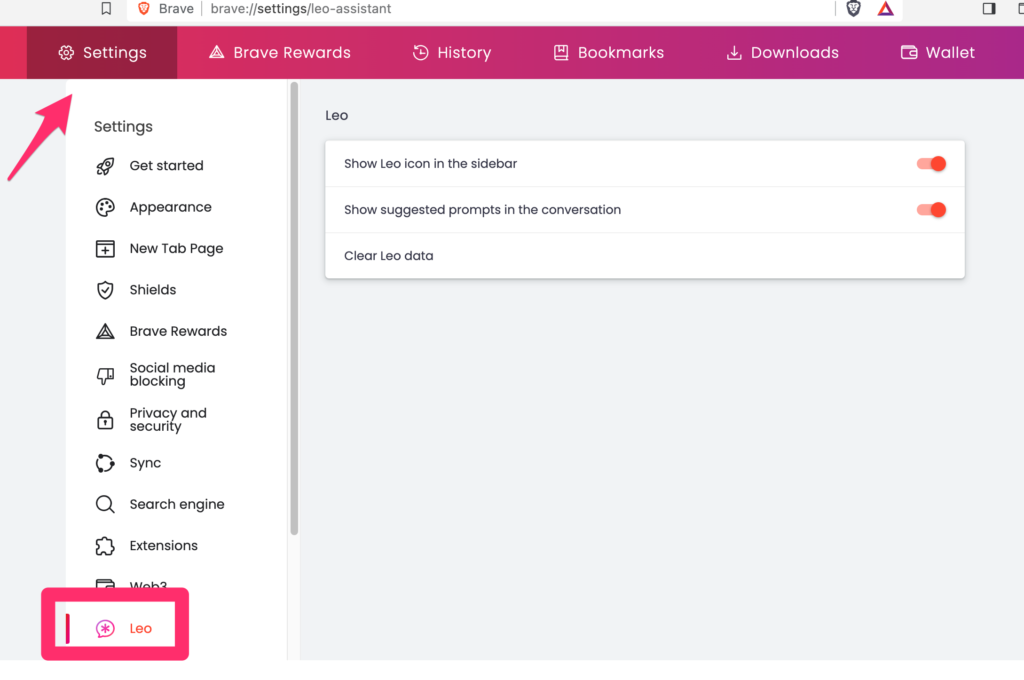
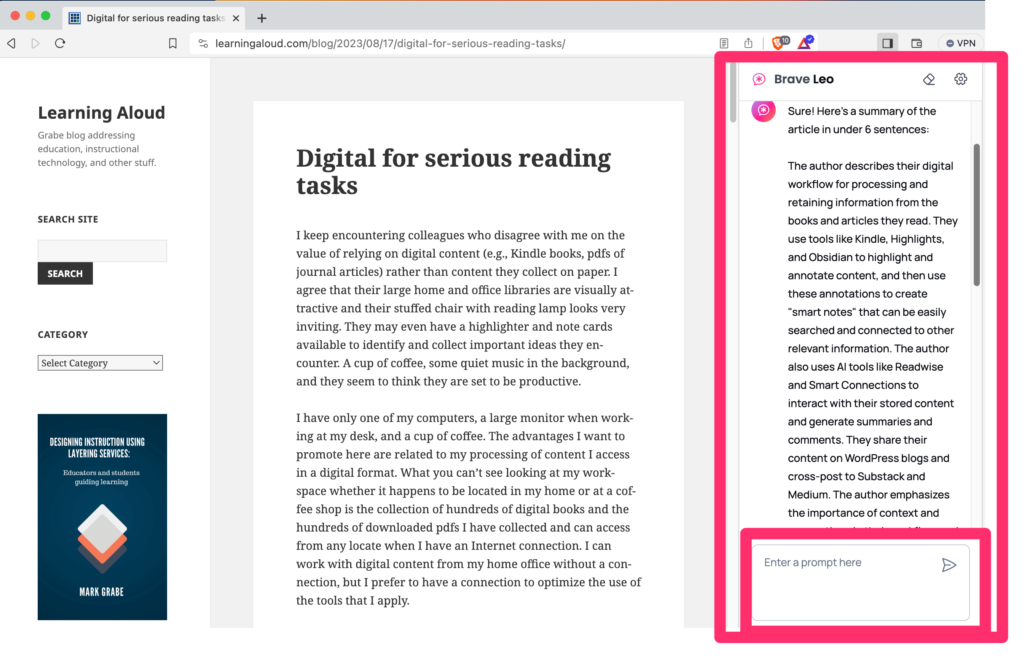
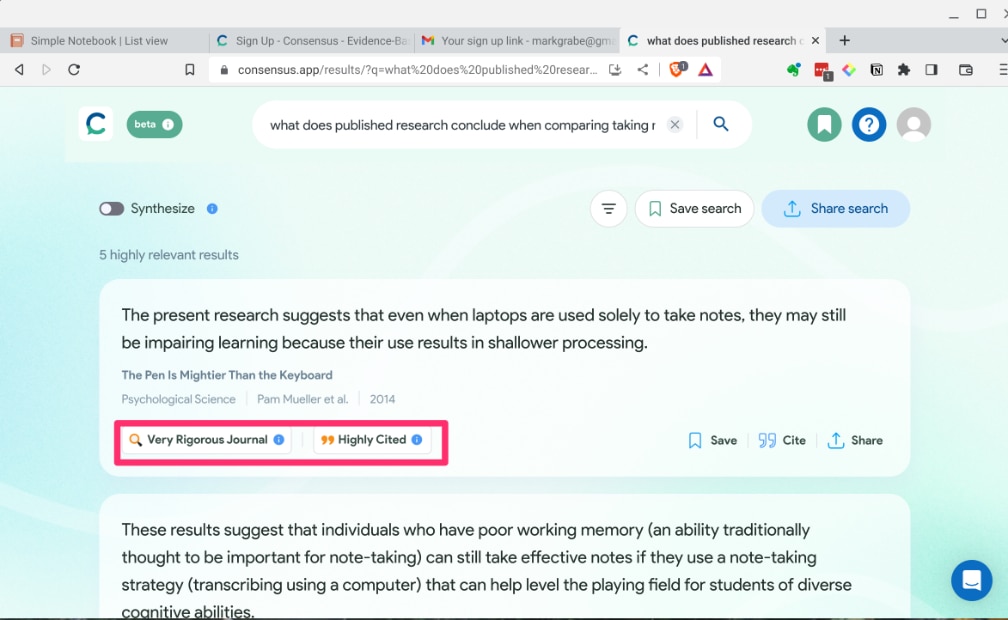
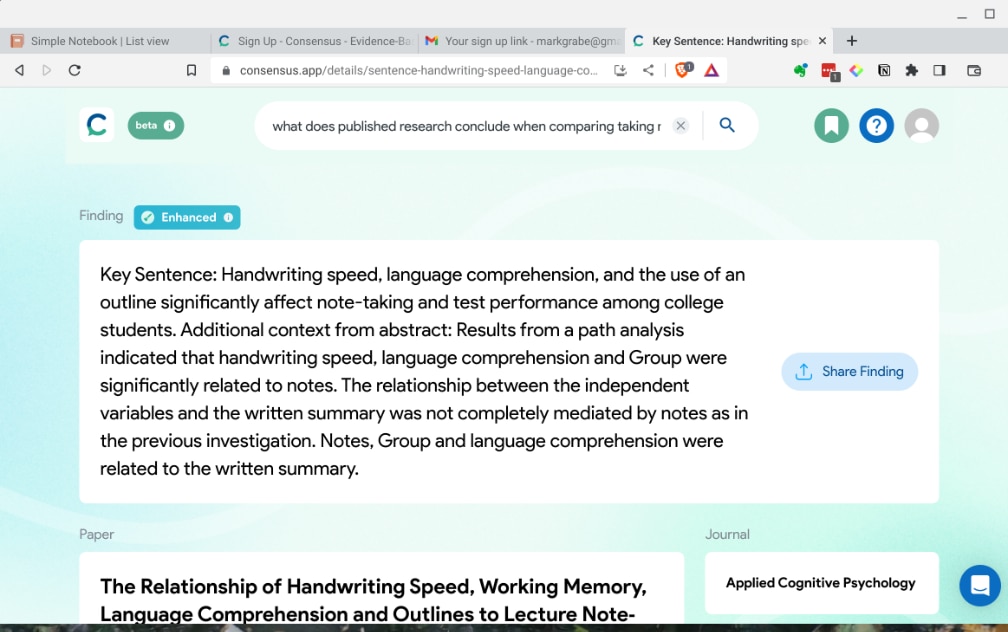
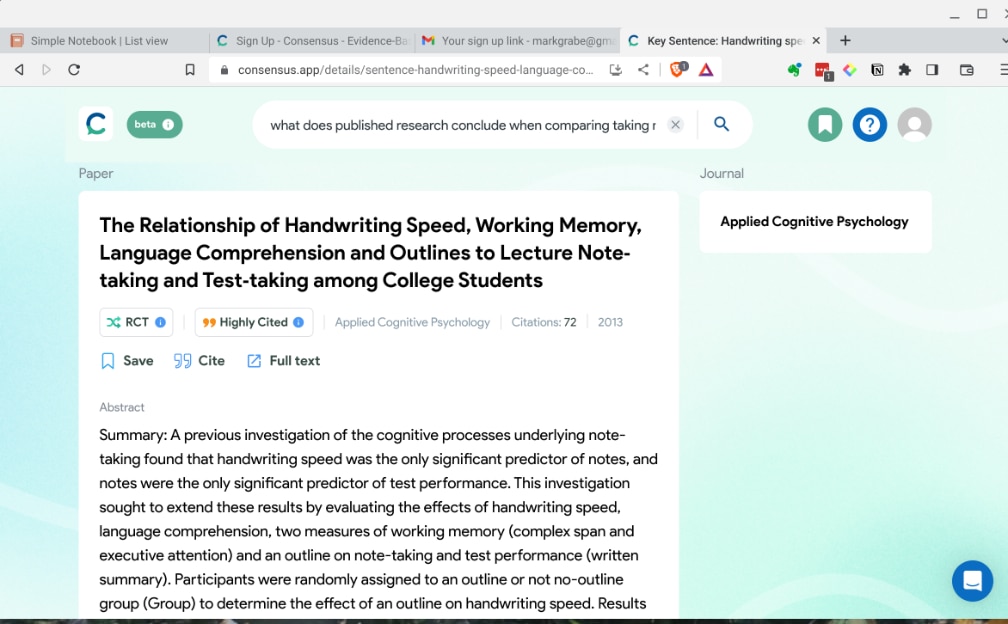
You must be logged in to post a comment.